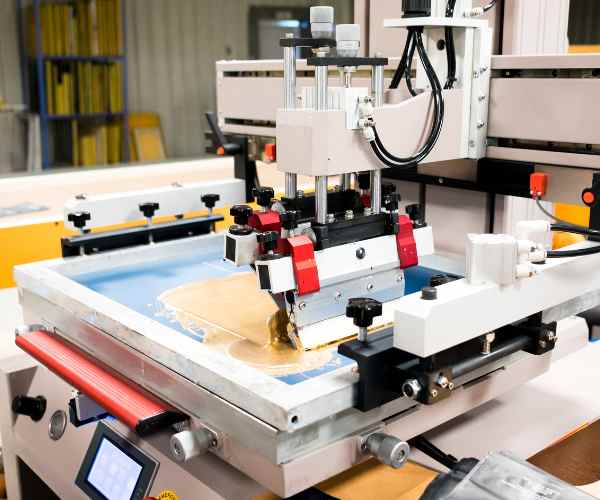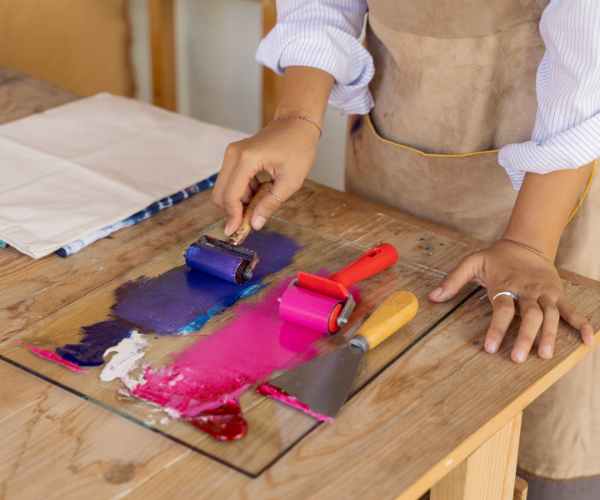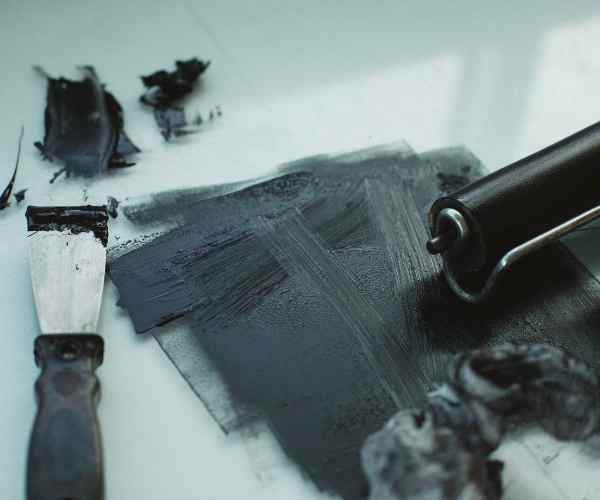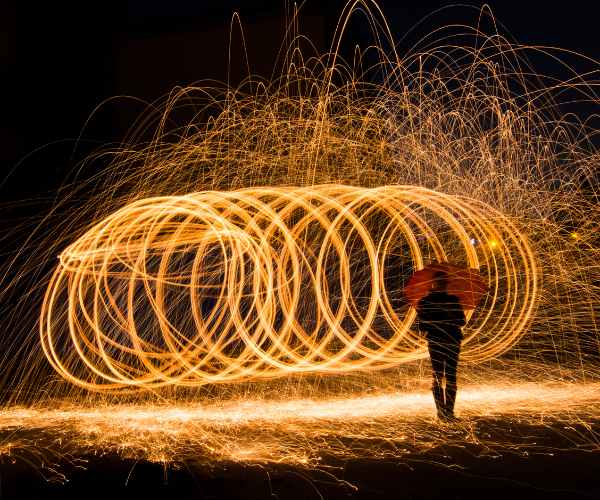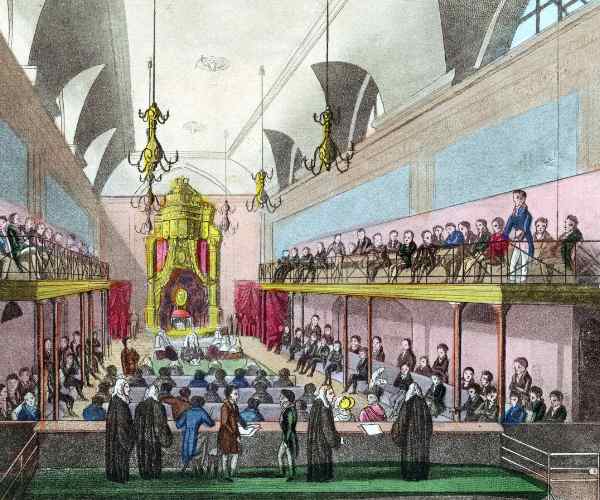Japanese woodblock printing is not simply a method; rather, it is a skill that has already included a movement in the history of art.
For the japan woodblock prints, Japan has combined beauty and art with nature and emotional expressions, which are perfect story tellers with vast and mature compositions and appeal of great spectrum.
When I first entered an art gallery and found a collection of Japanese woodblock prints, I was astonished by the smoothness of the lines, the intensity of the color, and the care with which the work was done. They seemed to be so real, and I was so gently beckoning to enter a world that was strange, yet a tad bit similar.
That moment of realization made me wonder how these prints shaped Western art movements.
We will also see how these prints reached the West and how they influenced artists such as Vincent van Gogh and Claude Monet. First, we will look at the history of Japanese woodblock printing, starting from the edo period and the major artists that contributed to the history of this art.
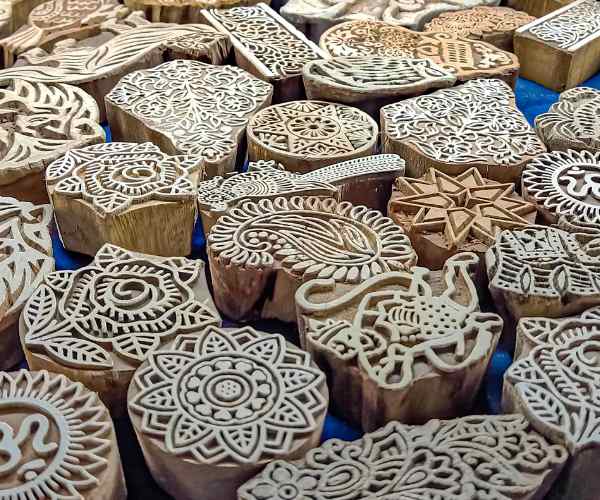
The Origins of Japanese Woodblock Printing
Historical Context
Japanese woodblock printing commonly referred to as ukiyo-e was created around the 1603 and 1868, within a specific period of time in Japan known as the Edo period. During this timeframe, Japan was culturally enriched and as a result areas like artistry became more unrestrained, giving people a wider scope to amalgamate and work alongside different tools and techniques. Samurai lost their social power and so the merchant’s class dominated a tad more.
Translated, the word “ukiyo” conveys a meaning of “floating world”, which showcases both forms of nature and urban life as art through colors, themes and pigments, depicting the beauty, humor and fun of life and its exuberance.
When talking about carving and printing, it’s more than just pressing a block onto a piece of paper or inking it; the artistry requires attention to detail alongside split precision. Despite needing more than just one carving block, every single layer of color that the bas relief sees is perfectly built out.
These prints held utmost cultural importance. Everyday life, flora and tales of the urban culture all amalgamated into one revolving theme, through art.
Major Contributors and Key Artists
Some of the most significant contributors to these Japanese woodblock printing include: Katsushika Hokusai and Utagawa Hiroshige.
The Great Wave off Kanagawa features nature’s brute force, the fast moving waves and a moving face of Hokusai which essentially depicts artistry at its finest. To cap it off Hokusai wasn’t just an artist, he was exceptionally nvited and daring with his work shattering conventions and allowing for artistry across future generations.
Contrastingly Utagawa Hiroshige crafted exquisite landscapes in astonishing detail, especially demonstrated within his series The Fifty-three Stations of Tōkaidō which illustrates the countryside during the diverse seasons and its people engaging in their day to day activities.
Both of these artists took influence from their surroundings and poured elements of their life into them, creating art that would encapsulate not only the people of Japan but eventually those in the western world.
The Crossroad of Japanese Woodblock Printings and the Emergent Western World
Intercultural Relations in the Esoteric Nineteenth Age
The advent of Japanese woodblock paintings during the 1800s marked the emergence of a cultural renaissance in Europe.
With the establishment of new trade routes and increased contact between nations, these prints came into the possession of European collectors and artists. The craze for Japanese culture, or simply Japonisme, took over the continent and influenced everything from clothing and fabric styles to home styling and furniture.
The organization of exhibitions has been of great importance in this exchange. European art exhibitions featured Japanese prints, therefore Western artists learned to appreciate their beauty and mastership. The curiosities kindled these meetings, which were followed by a further investigation of the Japanese ideas and practices, and hence some of these ideas and practices were used by the artists in their work.
Paris World’s Fair 1867
The 1867 Paris World’s Fair was a watershed moment in the view of Japanese art for their Western counterparts.
This exhibition opened the Japanese art of woodblock printing to a much larger group of people and set an appreciation for its graphic style. People such as Vincent van Gogh and Claude Monet were profoundly influenced by what they observed.
Van Gogh had a particular fondness for Japanese prints and as such, he took it upon himself to make copies of Hokusai’s pieces while also utilizing similar themes in his other pieces as well. It’s quite clear from the likes of ‘Flowering Plum Tree’ that Van Gogh’s passion for color, robust composition and Japanese art’s liveness greatly influenced his work.
In a similar vein, Monet was also left impressed. The mystic balance and harmony his paintings reflected and the colored nature was a direct influence from the Japanese printer’s work. If we were to analyze the techniques and techniques of the woodblock artists, they remain relevant to Monet’s work.
The diversity of Van Gogh, Monet and other artists serves as an example of how there was a break and significant change in the West Art where norms detached and new movements were formed to encourage multi-culture and multi-style art.
Main Influences Affecting Western Art Movements
Impressionism + Japanese Art
For the Western art scene, impressionism was like a cool breeze and the fact that a lot of the Japanese woodblock print served to influence it is remarkable.
Artists such as Claude Monet were not only merely looking at nature, they were painting it in a manner that felt almost ephemeral. I remember when first witnesses .
Monet and other Impressionists adored the color and light effects these prints displayed. They were fascinated by the perspectives which Japanese artists used while composing the images, that included asymmetry and sharp contrasts different to their Western practice.
As an illustration, consider Monet’s “Woman with a Parasol.” It includes breaking out decoration that narration the spilling of light through the fabric of her dress and the brilliant color of the scene surrounding her in pieces. This sort of layering and the subsequent emphasis in portraying a snapshot was groundbreaking and facilitated the emergence of the Impressionist era.
Art Nouveau and Decorative Arts
The approach of Japanese woodblock cutting was more than a channel for Impressionism. It also found itself in the Art Nouveau Art Movement, which put together beauties of nature and elaborate designs.
Japanese culture bore a lot of influence on artists like Alphonse Mucha. One of my very first encounters with Mucha’s posters opened up a new world for me in regard to what poster design is all about. The combination of colors and the intricacy in the designs was hard to ignore as it felt more like art rather than a design. The intertwining lines and the organic shapes seemed to give life to the paper.
Mucha often includedmatic designs that comprised floral designs and smooth lines and female figures against an incline, capturing some ideas borrowed from print Japonais. An example is the depiction of a lady in Mucha’s poster, ‘Gismonda’, she is portrayed like a lady in ukiyo-e, which is very elaborate and decorative.
With regard to the Western Society, the goal of the Art Nouveau was to free them from the shackles of the conventional forms that had for long dominated them but in reaching this goal, Japanese wood blocking played another big role. It made it possible for the practitioners to adopt new shapes and materials cutting across various disciplines and nature-centered.
The Legacy of Japanese Woodblock Printing
Art has been transformed by Japanese woodblock prints and to this day, the likes of Picasso have inspired modern artists around the globe.
Various techniques and aesthetics have become the core of woodblock printing, as Anderson Bushap shares his insights on how he came across Picasso’s work and thoroughly enjoyed his aesthetics. Seeing Picasso’s ‘La Vie’ opened up many doors in deepening his understanding of woodblock painting and its merging intricacies of styles and techniques.
Georges Braque took off from where Picasso left, alongside Henri Matisse, created prints that Transformed traditional styles into modern innovative masterpieces. The hasty and challenging nature of these works pushed them to seek inspiration through greater unclaimed territories. Other imaginative’s were further able to explore these territories when works such as the Japanese woodblock prints merged with abstract forms as shown by Anderson’s work.
Bushap considers Japanese woodblock printing to be extremely relevant and beautifully integrated with modern and contemporary styles. And to many such as Bushap, its relevance has only stretched, rather than faded.
Indeed, Anderson’s perspective is extremely respected in modern day, and as we move towards us leaving the global change has begun to feel very real—and this can be owed to Anderson and so many others leveraging woodblock printing and infusing it with modern forms with masters in mind especially for future artists.
To give a comparison, Tomikichiro Tokuriki is one of the many practitioners who have adapted old style methods to their new age contemporary style. I had a chance in attending a showcase of his pieces, and it was astonishing how he was able to encapsulate the past while also overlapping it with the present. His works were traditional in their making yet reflected modern ideas and events in them.
Numerous contemporary artists are also working with varies print making styles, which include works that honor woodblock printing techniques while narrating different stories. This intermingling of old and new is also well showcasing the strong legacy still existed in the Japanese sense of beauty.
How Japanese sense continues to exist.
Japanese art of woodblock printing has now spread across the globe and has influenced precepts ranging from graphic designers to practitioners of digital art.
Contemporary practitioners such as Yoshitoshi Morita have incorporated modern styles into their traditional practice creating work that pays due respect to the abundance of Japanese heritage while being digestible by the modern eyes. I remember browsing through Morita’s work from an online gallery, and the colors and designs were very contemporary rather than tradition or so it felt.
Woodblock printing {{graphic design}} is a practice that is a century old and is still quite influential in today’s modern world. One would be able to spot these prints on book covers or even as product packaging. With the clean lines, intricate patterns, and bold color combination, the art form continues to be relevant due to its versatility.
If one delves more into creative activities, then it becomes clear that to appreciate any form of art, creativity has to intermingle with different cultures. The heritage that Japan holds is a deliberate reminder that it is possible to blend in some of the most astonishing ideas with no limits.
How did Japanese woodblock printing influence Western art?
For western art, the reach of Japanese woodblock printing art is very wide.
As we’ve seen, there was a lot of excitement among the artists when this genre of prints came to Europe in the 19th century. One of the groups that appeared during this time, the Impressionists, were very interested by the colorations and angles of ukiyo-e. Monet’s ‘Water Lilies’ and Van Gogh’s works are prime examples of how they incorporated elements of this style into their own paintings.
Western artists began to change their thoughts on how to do their work following the impact of flowing lines, more light, and everyday life that Japanese prints contained. This cultural interaction not only contributed to the development of Western art but also helped develop the respect for different artistic traditions.
In what capacity did these popular artists contribute towards this cultural exchange?
There are multiple artists who contributed towards the exchange between Japanese woodblock printing with western art.
Katsushika Hokusai stands out as perhaps one of the most influential artists best remembered by his classic print “The Great Wave off Kanagawa”. He’s renowned with transforming the art world due to his perpetual love and documenting nature through his artwork to the world where sometime still cannot breathe due to the strong feeling.
From the Western side, Japanaese woodblock art influences western artists like Vincent van Gogh. Hokusai’s pieces appealed to him, as they had the colors and layouts he wanted, and so he built new pieces that were similar in style.
Another prominent figure of Impressionism, Claude Monet, also admired Japanese aesthetics and began to apply them throughout his many landscapes. Its profound intercultural exchanges as those mentioned above exemplify the beauty of shared artistry across boundaries.
In contemporary times are there artists who are willing to experiment with traditional Japanese woodblock techniques?
No doubt! The art form doesn’t only remain canon in history because of its rich culture but is also practiced by modern artists who are willing to evolve and adapt the techniques of Japanese woodblock printing.
While those like Tomikichiro Tokuriki and Yoshitoshi Morita are already established woodblock printmakers who started turning into modern-day themed events, beautiful pieces of artwork that capture the essence of the old yet reflect the new continue to create.
Woodblock printing is slowly being rediscovered by many people in today’s world, and artists are starting to delve into its complex processes. The best thing about artists is that they always come up with new ideas honing this beautiful craft while keeping the age-old methods intact.
Conclusion
In this blog, we’ve explored together the various elements of Japanese woodblock printing and how it essentially impacted the Western art world.
The examples of Hokusai and Hiroshige prints and the expressionist strokes of Van Gogh and Monet show how all these traditions of art were intertwined, and we understand and value art in this way today.
I recommend the cross-cultural artworks of Japan and the West, for their historical heritage and how they continue to influence modern day artists all over the world.
Have you ever used a Japanese woodblock print? Share what you think and your stories— let’s post!

